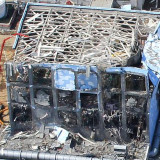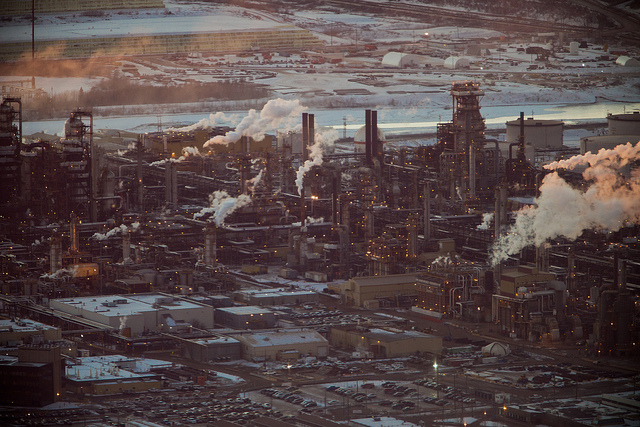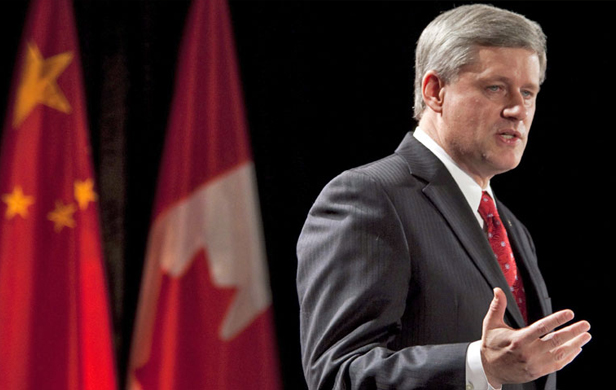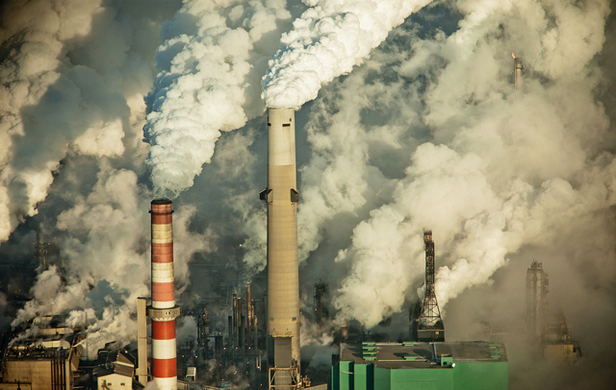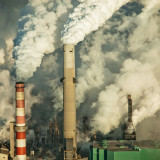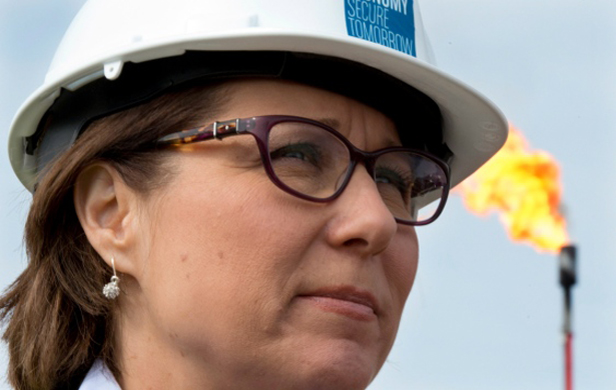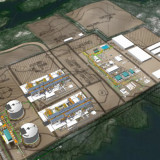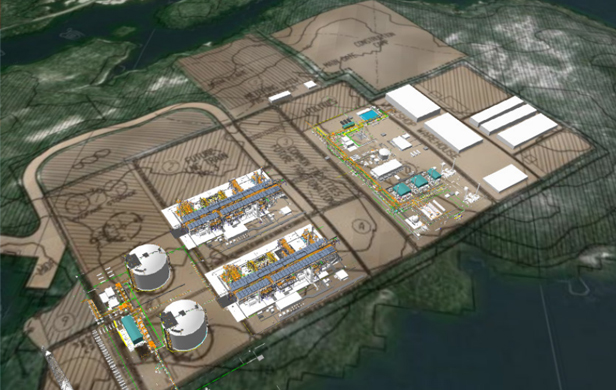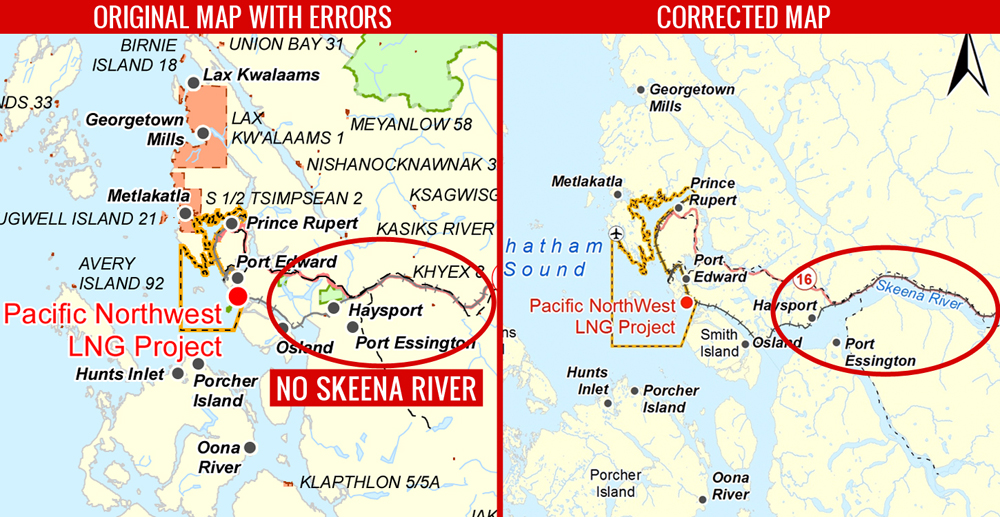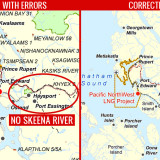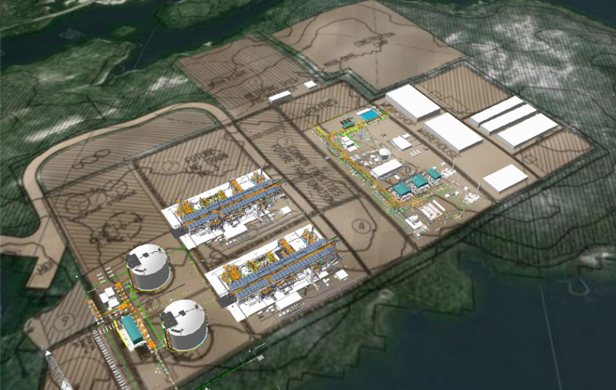
Addiction experts say the first step toward recovery is recognizing you have a problem.
In that sense, perhaps we’re finally making some progress on what may be the greatest single threat humanity has ever faced: the nuclear catastrophe at Japan’s Fukushima Daiichi power plant.
In recent months – partly driven by fresh concerns about radioactive water leaking into the Pacific Ocean and drifting toward North America’s shores – the media and governments beyond Japan have started to pay attention.
Worst-case scenario concerns surrounding Fukushima have moved from the realm of tin foil hats to accepted reality. The trouble is the science is scarce and much of what little information we do have comes via TEPCO – the private company at the root of the disaster – whose data has been openly questioned by Japan’s nuclear regulator.
As a result of this increased scrutiny, I expect we’ll soon see a crisis management overhaul, with international agencies becoming more involved, while TEPCO receives greater oversight or cedes operational control to the Japanese Government (though there’s a running debate as to who has screwed up worse, TEPCO or the government).
Under the glare of the TV lights, we’re now seeing a heightened urgency in developing and implementing the long-term fixes needed to stem a potential nuclear armageddon.
All this is relatively good news.
The bad news: it’s still the greatest single threat humanity has ever faced. And we’re a long, long way from being out of the woods.
Chernobyl x 10
I first wrote about the crux of the problem 2 years ago in a story titled, “Fukushima Reactor 4: The most important story nobody’s talking about”.
Yet, as was the point of my piece, the mainstream media and political establishment simply weren’t talking about it, leaving TEPCO – the inept, fraudulent private company that created this debacle – to manage and botch the emergency response. (These are the geniuses who put the back-up generators needed for cooling radioactive fuel on the ground floor of nuclear reactors in Tsunami Alley).
At the time, US Senator Ron Wyden and a pair of former Japanese diplomats were about the only political figures raising the spectre of Fukushima.
In a nutshell, they warned there are some 1,500 highly radioactive, spent fuel rods being stored atop the badly damaged Reactor 4 in cooling tanks that could easily crack, should another sizeable earthquake hit. The rods would quickly overheat, exploding gazillions of radioactive particles into the atmosphere, eventually coating the globe with more radiation than we could ever fathom.
A former top advisor at the US Department of Energy, Dr. Robert Alvarez, explained the nature of the threat after conducting his own review of the Fukushima situation: “If an earthquake or other event were to cause this [No. 4] pool to drain this could result in a catastrophic radiological fire involving nearly 10 times the amount of Cesium-137 released by the Chernobyl accident.” (emphasis added)
Former Japanese Ambassador to Switzerland and Senegal, Mitsuhei Murata, wrote to UN Secretary-General Ban Ki-moon:
[quote]It is no exaggeration to say that the fate of Japan and the whole world depends on No. 4 reactor.[/quote]
So all that stands between us and an unimaginable cataclysm is an earthquake. In one of the world’s most seismically active regions.
Polluting the Pacific
Another, more immediate problem would emerge – radioactive water seeping (gushing of late) from the plant into the Pacific Ocean.
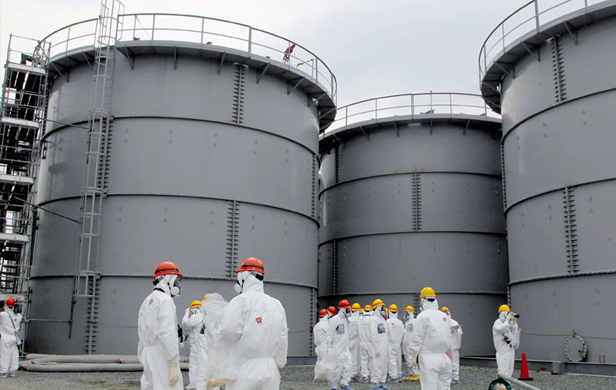
This issue is related with the seismic one in several ways. First, this radioactive water is likely flowing from one or a number of steel tanks holding water used to cool melted nuclear fuel. Another earthquake, should it cause any of the 1,060 metal tanks to burst, would lead to a significant infusion of contamination into the Pacific.
Of more immediate concern is the liquefaction occurring beneath the plant as a result of TEPCO’s crude efforts to bar the radioactive water from entering the ocean. The company has built a subsurface barrier – using chemicals to solidify the ground and block the flow of groundwater – with the unintended consequence of saturating and destabilizing the ground upon which the hobbled Reactor 4 and others teeter.
It is largely this issue that has woken up the world’s media and political leaders in recent months. Suddenly, we’ve seen a torrent of investigative journalism on the subject – from National Geographic to Japan’s national papers, The Washington Post, Guardian, CNN and wire services like Bloomberg and Reuters. The Chinese Government has been weighing in, expressing shock at the inadequate response by its neighbour’s leaders.
Suddenly, everyone is paying attention.
The International Olympic Committee is rather an anomaly in not being phased by the the increasingly alarming situation at Fukushima – having just awarded 2020 Games to Tokyo.
Radioactive fish
Questions about the health of fish caught in the Pacific Ocean have begun to surface – while South Korea recently took the significant step of banning the import of fish from the Fukushima region of Japan.
These are hardly idle concerns. Last year, Stanford University researchers found 15 out of 15 bluefin tuna they caught off the coast of California tested positive for elevated levels of cesium-134 and cesium-137.
[signoff1]
Both Tepco and Japan’s political leaders face intensifying scrutiny for their respective roles in the initial disaster and its aftermath.
Just last week, in response to heightened pressure around this issue, the Japanese Government stepped up, pledging to invest close to half a billion dollars to build a 27 meter-deep frozen wall to hold back contaminated water ,while maintaining (we hope) some structural integrity to the soil below the plant.
It may prove a harebrained scheme, reminiscent of BP’s increasingly comical tactics in an attempt to stem the flow of its Deepwater Horizon well blow-out (remember the golf balls?). But I’ll take the Japanese Government getting off its ass as a generally positive sign.
Heads rolling, things changing
Fukushima has already brought down one government and countless officials in Japan. The prime minister who presided over the initial disaster and recovery efforts, Naoto Kan, recently dodged criminal charges stemming from Fukushima, as did other senior politicians and TEPCO officials. That doesn’t mean they’ll evade the raft of civil suits headed their way.

It’s an ongoing debate as to which entity is more to blame for the disaster – TEPCO or the Japanese Government. Of late, the scales of public disapproval are tipping in the direction of the Abe administration. A recent poll by Asahi News found that 72% of Japanese people believe the government’s response to recent concerns of leaking water was “late”.
But, again, thanks to this heightened pressure, things seem to be changing – and quickly.
As of now, Tepco is still in charge of the clean-up and decomissioning operation (if you can call it that in their hands) – but just this week, the Japanese Government announced it is striking a special team to oversee these efforts going forward, a welcome development so long as it follows through in a meaningful way.
Prime Minster Abe is certainly signing a different tune from his predecessor, calling into question TEPCO’S future management of the situation:
[quote]Instead of the ad hoc approaches that have been taken in the past, we put together a basic policy today that will offer a fundamental solution to the problem of contaminated water. The world is closely watching to see whether the decommissioning of the Fukushima Dai-Ichi plant, including the contaminated water problem, can be achieved.[/quote]
In June, the Abe government announced it was speeding up efforts to remove those scary spent fuel rods atop Reactor 4 – perhaps the best news yet on the Fukushima file.
Light at the end of a very long tunnel…if we’re lucky
Part of the problem underlying the slow response to this enormous threat may be that it’s just too awful to contemplate. Makes for bad cocktail conversation. Really, who wants to discuss the nut-and-bolts of a situation that could be 10 times worse than Chernobyl? And even if we do talk about it, what can we do?
On the other hand, perhaps talking about it is the most valuable thing us regular folks can do. It’s through this pressure – much of which has built through independent media, grassroots groups, and concerned citizens – that Japan is starting to look alive in their response.
Yet, despite Prime Minister Abe’s assurances that the crisis will be resolved by the 2020 Olympics, experts warn that a successful decomissioning of the site will likely take decades – if we can get over the intial danger posed by the water leaks and unstable fuel rods.
Complicating decommissioning efforts is the high level of radiation around the plant (which recently spiked) – making it dangerous for workers to spend much time on site, even with state-of-the-art safety gear.
If we’re lucky, this will evolve into a long emergency that takes 40 years or more to resolve.
At Chernbobyl, they burried the problem – literally – in a massive concrete sarcophagus (which is now due for a rebuild, as it turns out). With Fukushima’s proximity to the ocean and strong movement of groundwater beneath, it’s like having a trap-door under the tomb – so Fukushima will be far more complicated.
But that doesn’t mean it can’t be done – to some extent at least – with enough political will, technical and financial dedication.
Time for other leaders to step up
Given the global consequences if Fukushima continues to spin out of control – and the magnitude of the engineering feat required to prevent that from happening – we need proactive leadership from beyond Japan. What role did Fukushima play in the recent G20 talks compared to, say, Syria?
In Canada, we need to see some serious action from Prime Minister Stephen Harper – in terms of joining the chorus of international leaders pressuring Japan, but also offering support wherever possible.
On the homefront, it’s time to get serious about the possible health impacts for Canadians. Instead, we’re headed in the opposite direction, scaling back ocean pollution monitoring – one piece of a larger war on science being waged by Canada’s Conservative Government.
Even the BC public health officer overseeing concerns about Fukushima – who has warned that fears about fish contaminated by Fukushima are overblown – is now asking the federal Department of Fisheries and Oceans to conduct another round of testing.
The public needs to know that our governments are taking this issue seriously – and their “see no evil, hear no evil” approach to date is insufficient.
It’s a start
Even if Canada isn’t taking Fukushima seriously, others are starting to. The Olympics may be a positive motivator too, as they raise the stakes and international pressure on Japan to get the situation under control.
And compared to two years ago, the amount of media attention – from the world’s top outlets – is a welcome change.
In the end, our fate depends at least partly on luck. Can we move quickly enough to address the biggest single challenge in our history, before what would be the most devastating earthquake of all-time? (I say “we” because we all need to start thinking that way, as a global community facing a common threat).
At least, with this heightened sense of awareness, urgency and action, we can say our odds are improving.
